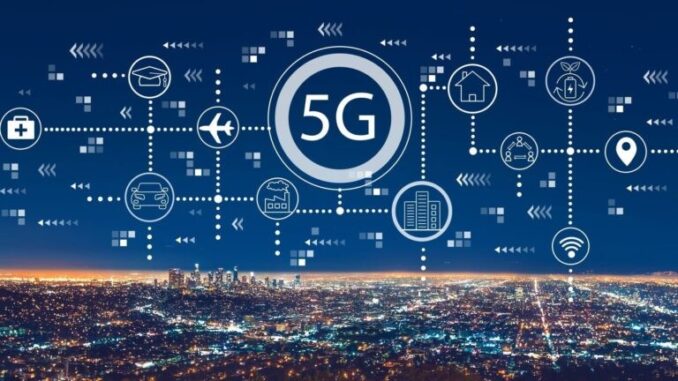
High device density in 5G technology refers to the capability of 5G networks to support a significantly larger number of connected devices per square kilometer compared to previous generations of wireless technology (such as 4G LTE).
This characteristic is crucial for enabling a wide array of applications, especially in environments like smart cities, industrial automation, and the Internet of Things (IoT).








Massive Machine-Type Communication (mMTC):
5G is designed to support a massive number of IoT devices, sensors, and machines. It can accommodate up to 1 million devices per square kilometer, enabling extensive connectivity for smart devices.
Optimized Spectrum Usage:
5G employs advanced techniques such as beamforming, network slicing, and more efficient use of the radio frequency spectrum. These technologies help minimize interference and optimize communication channels, allowing more devices to connect simultaneously.
Low Latency:
High device density not only includes the number of devices but also requires low latency communication to respond quickly to the needs of connected devices, making it suitable for real-time applications like autonomous vehicles or remote surgery.
Enhanced Capacity:
With higher capacity, 5G networks can manage a greater volume of data traffic generated by numerous devices, leading to enhanced performance and user experience.
Energy Efficiency:
Advanced features in 5G networks allow devices to enter low-power modes when they are not in use, making it feasible to deploy battery-operated devices that can last much longer in the field.
Diverse Use Cases:
High device density is beneficial for various sectors including smart homes, agriculture, healthcare, transportation, and industrial automation, enabling applications such as smart meters, connected vehicles, and smart manufacturing.
Smart Cities: Connecting sensors for traffic management, street lighting, waste management, and public safety.
IoT Devices: Supporting smart home devices, healthcare monitoring systems, and smart appliances that require constant connectivity.
Industrial IoT: Enabling real-time monitoring and control of manufacturing processes, supply chains, and machinery.
Autonomous Vehicles: Facilitating communication between vehicles and infrastructure for safety and efficiency.
Augmented and Virtual Reality: Supporting immersive experiences that require high data throughput and low latency.
High device density in 5G technology is a cornerstone of its design and benefits. It enables a future of highly connected environments, powering innovations across various sectors while addressing challenges related to device management, data traffic, and energy consumption. As 5G networks continue to deploy globally, the implications for society, industry, and everyday life will be profound, paving the way for a truly connected world.


Leave a Reply